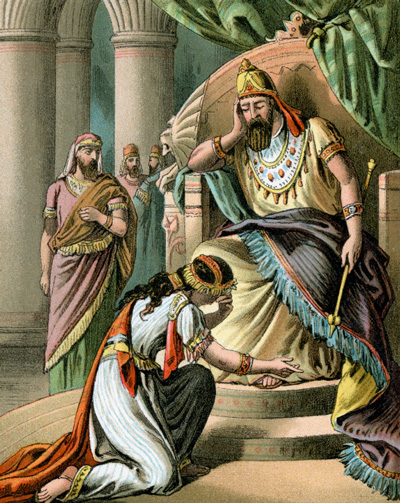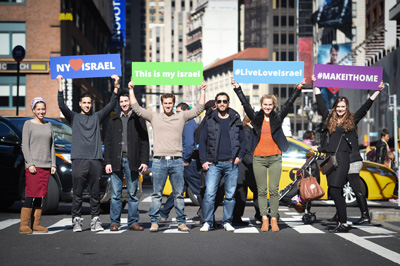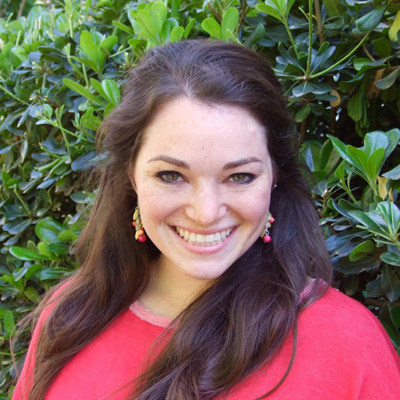Refugees are Human Beings
Permanent link
The global attitude toward accepting and integrating refugees has become increasingly more challenging of late. In Europe and North America, political leaders struggle to find physical and emotional space for the millions of refugees fleeing from Syria. Although Israel is not a destination for Syrian refugees, it is the destination for countless African refugees who seek to escape corrupt and militarized governments.
Where I live in Tel Aviv has one of the nation's largest and most concentrated populations of African asylum seekers, the majority of whom come from Eritrea and Sudan. This piece is about one of the remarkable men in my community who fled his homeland to take refuge in Israel.
Meet Teklit, a refugee from the previously war-torn and now suspiciously silent country of Eritrea. When Teklit was 17 years old, he was arrested by the Eritrean national police for asking too many questions about the government and its practices. As a rising track star preparing to join the national team, Teklit was too far into the local spotlight for the government to allow his questioning to continue.
For months, Teklit lived in a one-room cell with other political prisoners. His shared cell was dark and damp with no proper beds or toilets. At the center of the room was a hole where he and his fellow prisoners relieved themselves. The air was thick with the scent of human waste and disease spread quickly among the inmates. If one person grew ill, within hours, the entire cell was sick. To Teklit and his peers, this place was "hell on earth," but luckily for Teklit, his former athletic career caught the eye of the national military.
Ever weakened by his time in prison, Teklit remained a strong and disciplined young man. So the military offered him a choice: remain in prison, or join the army he had been arrested for questioning. Knowing this might be his only way out, Teklit accepted their offer and joined the military.
For six months, Teklit trained with the Eritrean army, living in both the constant fear of being returned to prison and the fear that remaining in the military would require him to do harm to other human beings.
"I did not want to kill anyone," he said, "so I ran."
Moving as fast as their legs could carry them, Teklit and a friend fled the army and made their way towards the Eritrean-Sudanese border. For two days, they waited to cross the heavily guarded border to what the young men hoped would be their salvation. When the time finally came for them to enter Sudan, they crossed the border running to avoid the gunshots of the Sudanese border patrol.
The moment he set foot in Sudan, Teklit became a refugee -- a person without a nation or a home. Arriving at one of Sudan's many refugee camps confirmed this status. The camp was sparse, with few resources to accommodate the countless individuals seeking shelter there. Just as in the Eritrean prison he left behind, disease ran rampant, and before long, Teklit contracted Malaria. He survived thanks to the kindness of his friend, who used his savings to pay for Teklit's medical care.
After his recovery, Teklit made his way to Cairo hoping to find a home for himself in Egypt. "I heard that they were kind to Christians there," he recounted, but Egypt had changed in the last few decades. Now, "they asked your religion before they asked your name," and "Christian" was no longer an acceptable answer.
So for much of his time in Egypt, when asked, Teklit said that his name was Mohammed or Ishmael to avoid unwanted attention. Knowing that he could not live like this forever, Teklit made the decision to go to Israel, which he'd heard described as a haven in the Middle East.
Escaping Egypt through the perilous Sinai Peninsula, Teklit arrived in Israel feeling safer than he had in ages. Even after a month of homelessness and sleeping out in the rain, he described Israel as "heaven." But now, after eight years of living as an asylum seeker possessing no clear legal status, Teklit views Israel with a mixture of gratitude and frustration.
While he has the freedom to speak his mind and practice his religion without fear of arrest within Israel's borders, as a stateless person it is difficult for him to find a regular job or attend university; nor can he obtain a visa to immigrate to another country. He faces a struggle similarly felt by the thousands of families and individuals fleeing from Syria -- as well as the less publicized flights from Sudan and other war-torn African countries . For now, he cannot return home, and until he gains legal refugee status -- something that is nearly impossible in Israel -- he feels, at least under law, that he is not a human being.
Unfortunately, as we've seen in the news over the last few weeks, many countries including the United States find excuses to avoid becoming responsible for refugees of war. Israel is no different. A few weeks ago, Teklit's appeal for refugee status was closed on the grounds that he failed to show up for both of his required interviews, when in reality, he showed up early for both interviews only to be turned away because his interviewer was "sick" or "out for the day."
As a young man in his late 20s, Teklit should be attending school or starting his career. Instead he is stuck. He has no rights, no legal identity, and nowhere to go.
Part of my program in South Tel Aviv focuses on helping African refugees live a better life in Israel, but we cannot change anyone's legal standing. All I can do is write; to share Teklit's story with the world in the hopes that someone with more power than I can help change refugee lives for the better -- in Israel and around the world -- so that no one will ever again say, "I am not a human being."


.jpg)
.jpg)




.jpg)









.jpg)



